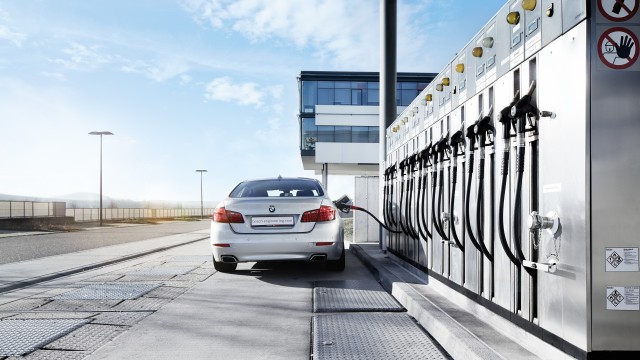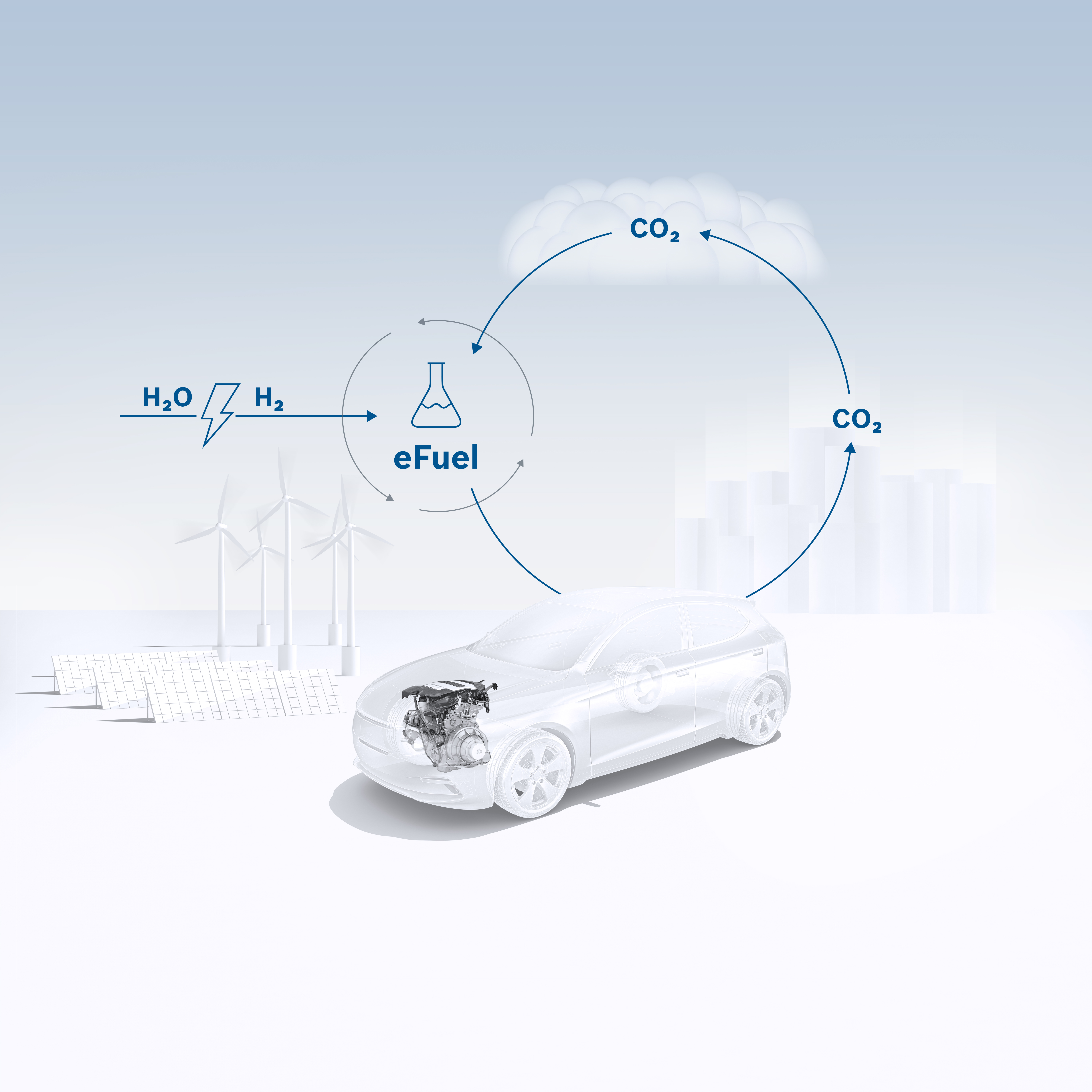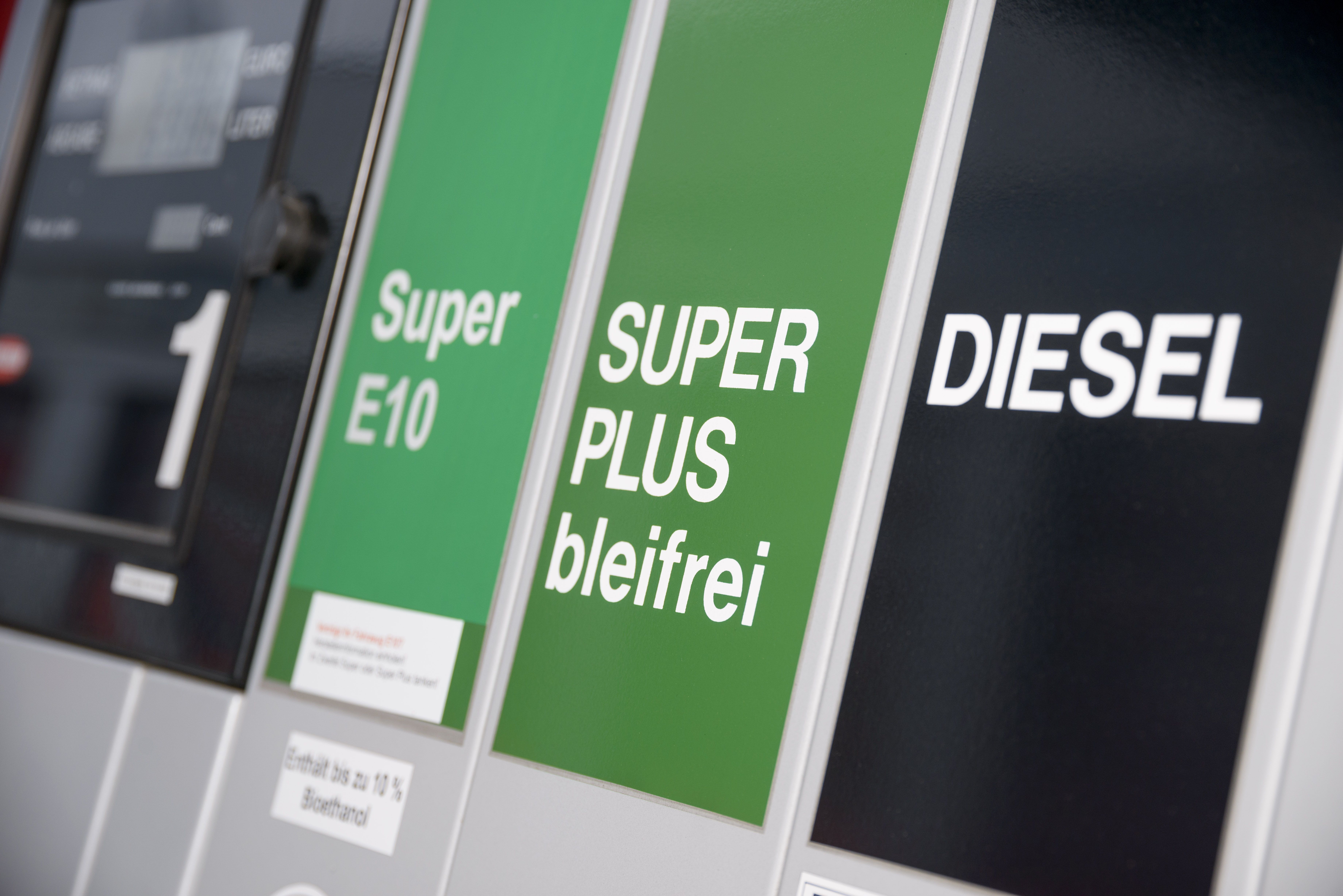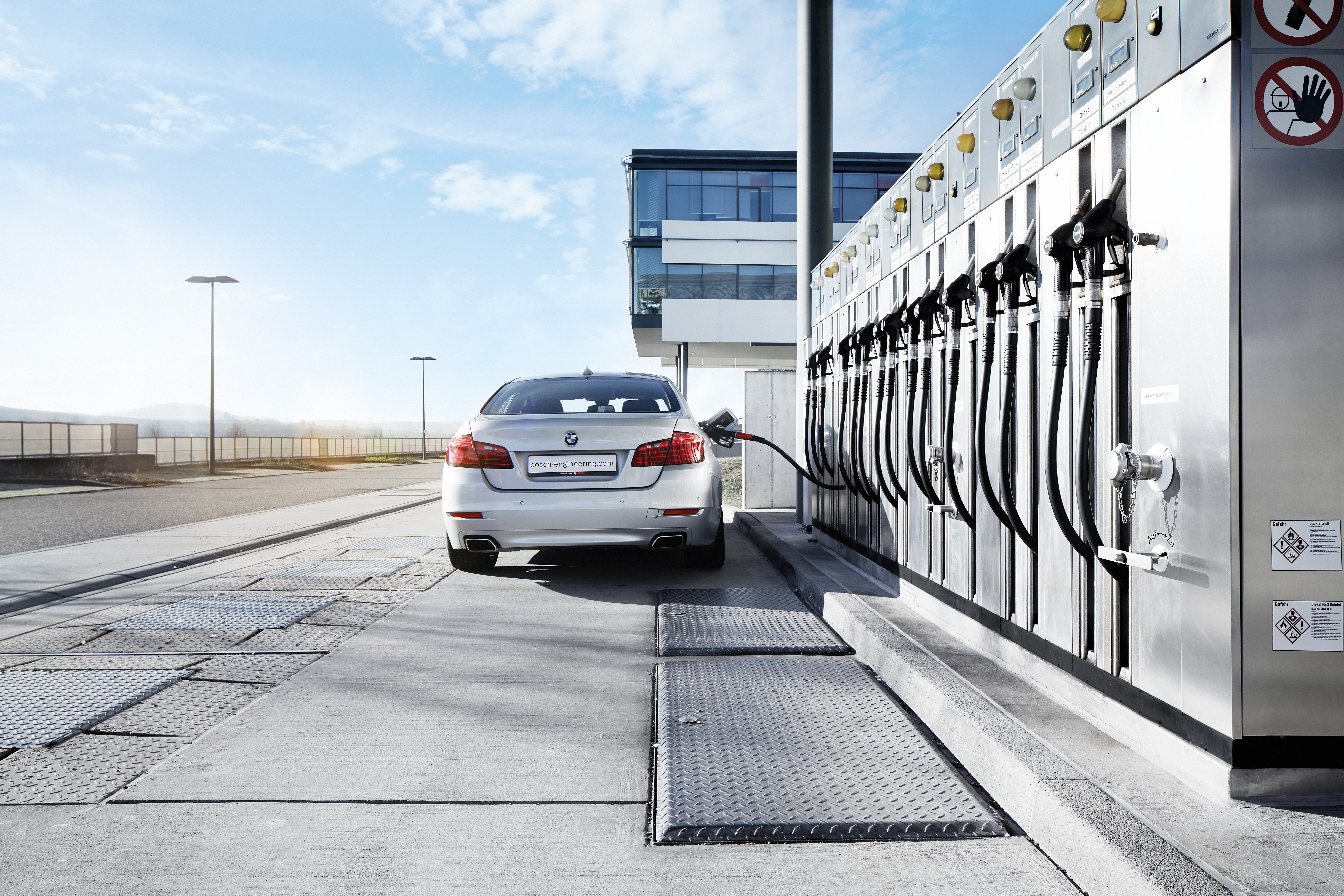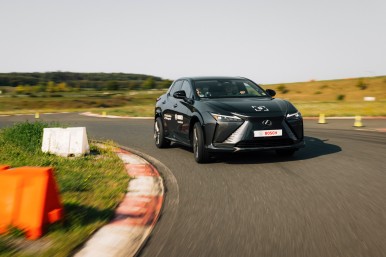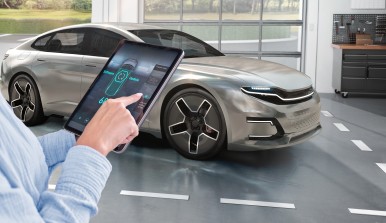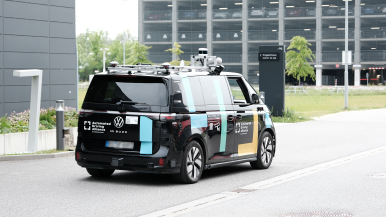Gerlingen, Germany – Up until recently, a carbon-neutral combustion engine was the stuff of dreams. Now it may soon become reality. The secret lies in synthetic, or carbon-neutral, fuels, whose manufacturing process captures CO₂. In this way, this greenhouse gas becomes a raw material, from which gasoline, diesel, and substitute natural gas can be produced with the help of electricity from renewable sources. “Synthetic fuels can make gasoline- and diesel-powered cars carbon-neutral, and thus make a significant contribution to limiting global warming,” says Dr. Volkmar Denner, chairman of the board of management of Robert Bosch GmbH. Bosch experts have put an exact figure on the contribution that could be made solely by the European car fleet: by 2050, the use of synthetic fuels as a scheduled supplement to electrification could save up to 2.8 gigatons of CO₂, or 2,800,000,000,000 kilograms.1 That is three times Germany’s carbon-dioxide emissions in 2016.
Sources:
2 https://ec.europa.eu/clima/citizens/eu_en
More information:
The Bosch innovations on show at the IAA 2017
EXPERIENCE BOSCH AT THE IAA 2017 in Frankfurt: Bosch believes the mobility of the future will be accident-free, emissions-free, and stress-free. On a technological level, Bosch wants to achieve the objectives of zero accidents, zero emissions, and zero stress through automation, electrification, and connectivity. At the IAA 2017, Bosch will be presenting its latest solutions in each of these three spheres – solutions that make driving safer and more efficient, and turn cars into a third living environment.
BOSCH PRESS CONFERENCE: From 13:15 to 13:40 local time on Tuesday, September 12, 2017, with Dr. Volkmar Denner, chairman of the board of management of Robert Bosch GmbH and Dr. Rolf Bulander, chairman of the Mobility Solutions business sector, at the Bosch booth A03 in Hall 8.
FOLLOW the Bosch IAA 2017 highlights at www.bosch-iaa.de and on Twitter: #BoschIAA
Mobility Solutions is the largest Bosch Group business sector. It generated sales of 42.1 billion euros in 2020, and thus contributed 59 percent of total sales from operations. This makes the Bosch Group one of the leading automotive suppliers. The Mobility Solutions business sector pursues a vision of mobility that is safe, sustainable, and exciting, and combines the group’s expertise in the domains of personalization, automation, electrification, and connectivity. For its customers, the outcome is integrated mobility solutions. The business sector’s main areas of activity are injection technology and powertrain peripherals for internal-combustion engines, diverse solutions for powertrain electrification, vehicle safety systems, driver-assistance and automated functions, technology for user-friendly infotainment as well as vehicle-to-vehicle and vehicle-to-infrastructure communication, repair-shop concepts, and technology and services for the automotive aftermarket. Bosch is synonymous with important automotive innovations, such as electronic engine management, the ESP anti-skid system, and common-rail diesel technology.
The Bosch Group is a leading global supplier of technology and services. It employs roughly 395,000 associates worldwide (as of December 31, 2020). The company generated sales of 71.5 billion euros in 2020. Its operations are divided into four business sectors: Mobility Solutions, Industrial Technology, Consumer Goods, and Energy and Building Technology. As a leading IoT provider, Bosch offers innovative solutions for smart homes, Industry 4.0, and connected mobility. Bosch is pursuing a vision of mobility that is sustainable, safe, and exciting. It uses its expertise in sensor technology, software, and services, as well as its own IoT cloud, to offer its customers connected, cross-domain solutions from a single source. The Bosch Group’s strategic objective is to facilitate connected living with products and solutions that either contain artificial intelligence (AI) or have been developed or manufactured with its help. Bosch improves quality of life worldwide with products and services that are innovative and spark enthusiasm. In short, Bosch creates technology that is “Invented for life.” The Bosch Group comprises Robert Bosch GmbH and its roughly 440 subsidiary and regional companies in some 60 countries. Including sales and service partners, Bosch’s global manufacturing, engineering, and sales network covers nearly every country in the world. With its more than 400 locations worldwide, the Bosch Group has been carbon neutral since the first quarter of 2020. The basis for the company’s future growth is its innovative strength. At 129 locations across the globe, Bosch employs some 73,000 associates in research and development, of which nearly 34,000 are software engineers.
Additional information is available online at www.bosch.com, www.iot.bosch.com, www.bosch-press.com, www.twitter.com/BoschPresse.

